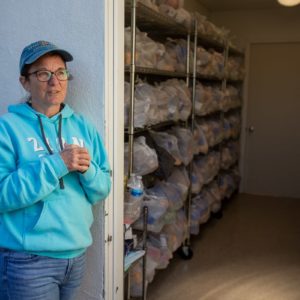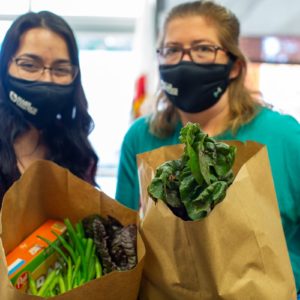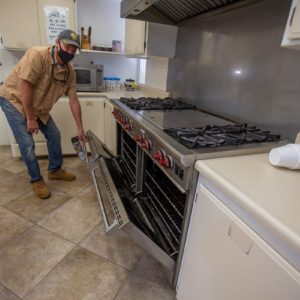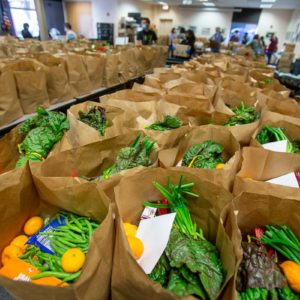This team worked together to successfully develop a great new resource:
the Community Kitchens Hub!
Future PLANS FOR ACTIVATION:
- The Working Group will be activating kitchens in 7 different cities and is continuing to develop a network of community kitchens that can serve as hubs for teaching, training, nutrition, and food distribution.
- A toolkit will be made available soon for anyone to access the resources necessary to activate a kitchen for community use.
KEY METRICS
NOTABLE SUCCESSES
- “The Community Kitchens Working Group is accelerating at a rapid pace. We recently expanded our identified kitchen list from 19 to 21 across Santa Barbara County. These kitchen spaces are valuable resources for conducting food security and nutrition programs, practicing food waste reduction, launching entrepreneurial endeavors, and developing disaster response sites.”
- Developing a network of kitchens to serve as hubs for teaching, training, nutrition, and food distribution.
- The SBCFAN Working Group created a space that brings people together to share ideas, expertise, and experience.





